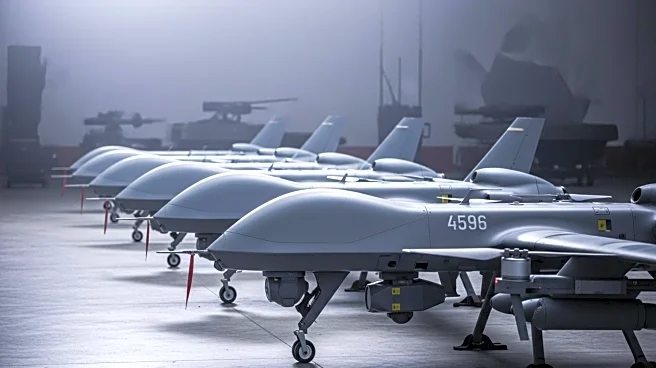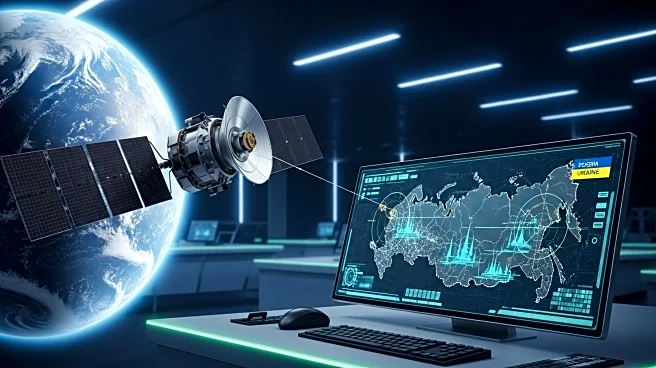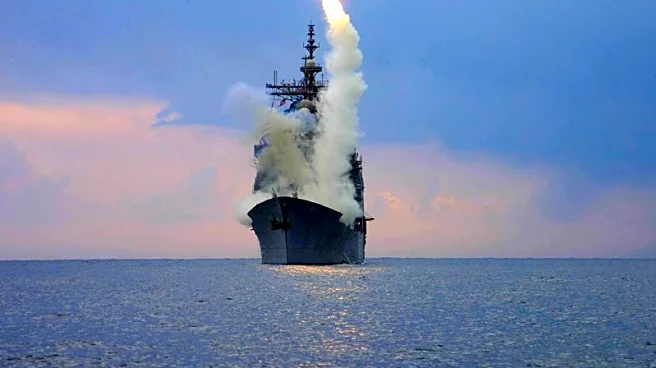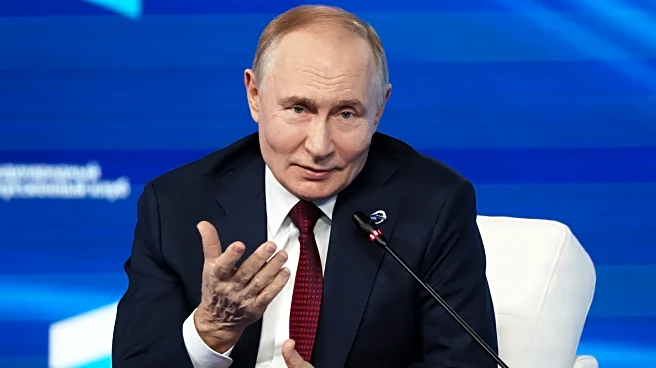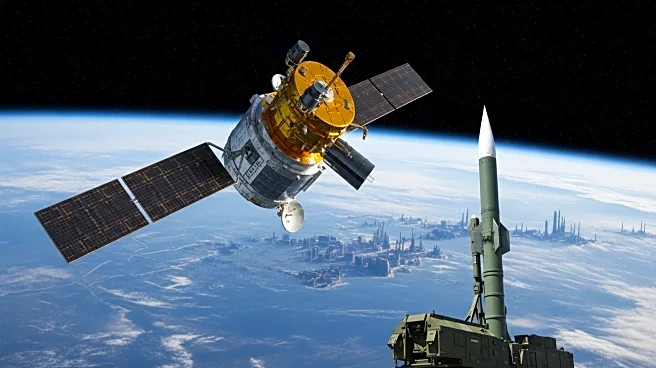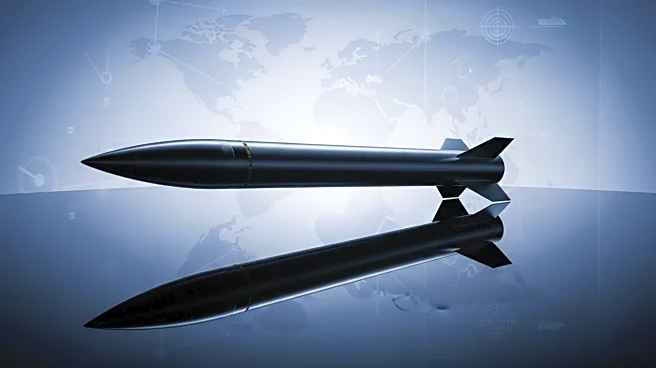What's Happening?
The Trump administration has notified Congress of a $51 million arms sale to Ukraine, marking a significant policy shift. This move is part of a dual-track approach that includes providing long-range targeting intelligence against Russian energy infrastructure. The State Department's notification to Congress is a procedural step under the Arms Export Control Act, indicating a continued U.S. commitment to supporting Ukraine. The arms package includes firearms, parts, and components valued at over $1 million, and a larger package covering $50 million in defense articles for Ukraine, Belgium, and the United Kingdom. Additionally, there is consideration of providing Ukraine with Tomahawk cruise missiles, although logistical challenges exist due to current U.S. military commitments.
Why It's Important?
This development underscores a more aggressive U.S. stance in the ongoing conflict between Ukraine and Russia. By potentially supplying advanced weaponry and intelligence, the U.S. aims to bolster Ukraine's defense capabilities and apply economic pressure on Russia. The move could escalate tensions with Russia, which has already warned of a 'dangerous escalation' if such weapons are transferred. The arms sale also reflects the U.S.'s strategic interest in supporting NATO allies and maintaining regional stability. However, the logistical challenges in executing the transfer of Tomahawk missiles highlight the complexities of balancing military readiness with foreign policy objectives.
What's Next?
The Trump administration's strategy involves using the threat of deep strikes and economic pressure to push Russia towards negotiations. However, the execution of this plan faces bureaucratic hurdles, particularly in the transfer of Tomahawk missiles, which are heavily committed to U.S. military use. The lapse in U.S. federal appropriations could also impact the flow of arms, as the State Department's export licensing services are curtailed. The international community, particularly NATO allies, will be closely monitoring these developments, as they could influence broader geopolitical dynamics and the future of U.S.-Russia relations.

